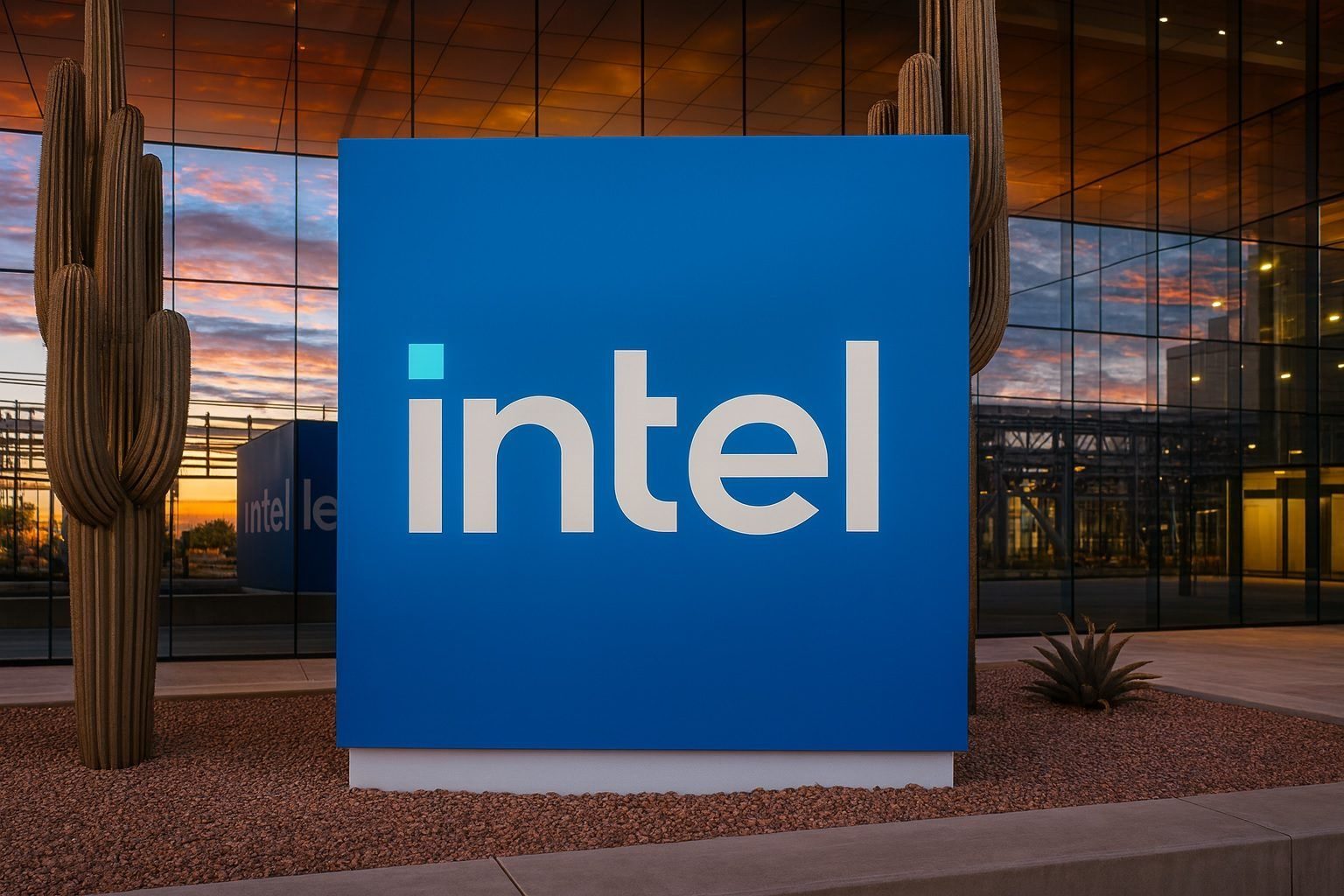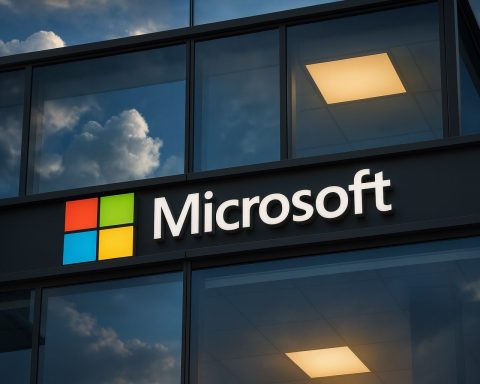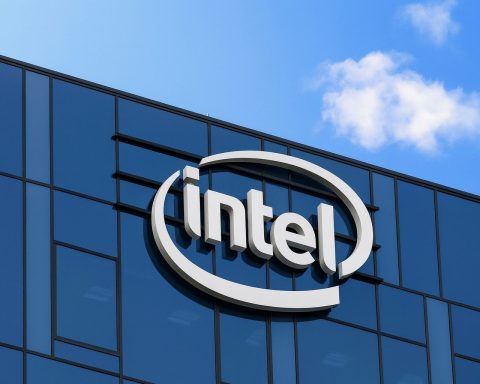Intel CEO Lip‑Bu Tan dismisses leak claims as “rumor and speculation” while Taiwanese authorities treat the case as a national‑security issue.
- TSMC has filed a civil lawsuit in Taiwan’s Intellectual Property and Commercial Court against former senior vice president Lo Wei‑jen (also reported as Lo Wen‑jen), who joined Intel in October. [1]
- The company says there is a high likelihood that Lo could use or disclose its confidential information at Intel, citing his non‑compete and confidentiality agreements and Taiwan’s Trade Secrets Act. [2]
- Taiwanese prosecutors and the Ministry of Economic Affairs are already investigating Lo over suspected transfer of advanced process data, including TSMC’s 2nm, A16 and A14 technologies. [3]
- Intel and CEO Lip‑Bu Tan deny any wrongdoing, calling the leak narrative “rumor and speculation” and stressing respect for intellectual property. [4]
A lawsuit in the middle of the chip race
Taiwan Semiconductor Manufacturing Co. (TSMC), the world’s leading contract chipmaker, confirmed on Tuesday that it has sued former senior executive Lo Wei‑jen after he took a top job at Intel. The suit was filed in Taiwan’s Intellectual Property and Commercial Court and is built around Lo’s employment contract, a signed non‑compete agreement, and provisions of Taiwan’s Trade Secrets Act. [5]
TSMC argues that, given Lo’s access to the company’s most advanced technologies and his move to a direct competitor, there is a serious risk that its trade secrets could benefit Intel. In statements to local and international media, TSMC said there is a “high” probability that Lo could use or transfer confidential know‑how, which it says justifies legal action. [6]
The case instantly escalates a simmering controversy that has been building for more than a week, as Taiwanese authorities probe whether one of the island’s most strategically important companies may have lost a piece of its technological edge.
Who is Lo Wei‑jen, and why is he so important?
Lo is not a mid‑level engineer; he is one of the architects of TSMC’s rise to the front of the semiconductor pack.
According to TSMC and Taiwanese media reports:
- Lo joined TSMC in 2004 as a vice president and was promoted to senior vice president in 2014. [7]
- He played a key role in moving TSMC’s production from 5nm to 3nm and onward to its upcoming 2nm process, the next big leap in chip manufacturing. [8]
- In March 2024 he became SVP for corporate strategy and development, a role that advised the chairman and CEO on long‑term direction. TSMC says he nevertheless kept convening meetings and asking for reports from its R&D teams to stay close to cutting‑edge projects. [9]
- He retired on July 27, 2025, telling TSMC he intended to go into academia – with no mention of a return to Intel, according to the company’s statement. [10]
Before his TSMC career, Lo had already spent nearly 18 years at Intel, including running a key development fab in Santa Clara, California, and leading advanced process work. [11]
Now, after retirement from TSMC, Lo has resurfaced at Intel in a powerful role. Sources cited by Reuters and The Straits Times say he joined the U.S. chipmaker in October and reports directly to Intel CEO Lip‑Bu Tan. [12]
That combination — decades of experience at both companies, intimate knowledge of TSMC’s most advanced nodes, and a direct line to Intel’s chief executive — explains why Taipei and Hsinchu are suddenly on edge.
Inside TSMC’s lawsuit: non‑competes, trade secrets and 2nm fears
TSMC says its lawsuit is grounded in three pillars: [13]
- Employment contract – detailing Lo’s obligations during and after his tenure.
- Confidentiality and non‑compete agreements – which TSMC says continued to bind him after retirement.
- Taiwan’s Trade Secrets Act – which criminalizes the misappropriation of protected technical or business information.
In its detailed statement to Taiwan’s Central News Agency, TSMC accuses Lo of: [14]
- Continuing to call R&D meetings and request internal reports even after moving into a corporate strategy role, ostensibly to keep abreast of unreleased technologies.
- Leaving the company while allegedly having knowledge – and, according to some media reports, physical materials – related to 2nm, A16 and A14 processes, which Taiwan classifies as “core key technologies.”
- Taking an executive vice president role at Intel that TSMC believes creates a “high likelihood” he will use or disclose those trade secrets to a direct competitor.
Separately, reporting from DataCenterDynamics and Taiwanese outlets has claimed that Lo departed TSMC with dozens of boxes of notes and documents, and that he was known internally for taking extensive handwritten notes at sensitive meetings. [15]
None of these allegations have been tested in court. No criminal charges have been filed at this stage, either against Lo or Intel. The current action is a civil lawsuit by TSMC, running alongside an ongoing criminal investigation by prosecutors.
Taiwan turns it into a national‑security issue
What might otherwise be a private employment dispute has quickly become a matter of state.
Last week, Taiwan’s High Prosecutors Office opened a case to examine whether Lo improperly took advanced process data to Intel, following local media reports on his move. [16]
Economy Minister Kung Ming‑hsin, a former TSMC board member, has said the government is treating the matter as part of national security policy. He told reporters that the Ministry of Economic Affairs would cooperate with prosecutors, explain how it controls core technologies, and assess whether there are any concerns under Taiwan’s National Security Act. [17]
Taiwan’s National Security Act was updated to cover “core key technologies” in strategic industries, including advanced semiconductor processes. Under that framework, unauthorized transfer of such technology to foreign entities can carry heavy penalties, especially if it is deemed to harm Taiwan’s economic or security interests. [18]
This is not the first time Taiwan has used these powers in a chip‑related case. Earlier this year, three former TSMC employees were arrested on allegations of stealing technology while working at Japanese equipment maker Tokyo Electron, in what officials called the first application of the “core technologies” provisions. [19]
For a government that sees TSMC as both an economic engine and a strategic shield, the idea that breakthrough process knowledge could slip to a foreign rival — particularly one backed by the U.S. government — is deeply sensitive.
Intel and Lip‑Bu Tan push back: “Rumor and speculation”
On the other side of the Pacific, Intel is trying to contain the narrative.
At an industry event in San Jose last week, Intel CEO Lip‑Bu Tan was asked about reports that the company had hired Lo to gain access to TSMC’s 2nm IP. According to PC Gamer and other outlets, Tan told Bloomberg the claims were “rumor and speculation” and insisted, “We respect IP.” [20]
Intel has not publicly detailed Lo’s role beyond confirming that he works at the company. Reporting from Reuters and The Straits Times indicates that he holds a senior post and reports directly to Tan. [21]
So far:
- Intel has issued no formal statement responding to TSMC’s lawsuit, beyond earlier denials that Lo was hired to bring over trade secrets. [22]
- Lo has not commented publicly on the civil suit or the government investigation, according to multiple outlets that have attempted to contact him. [23]
Intel now finds itself walking a fine line: it wants the best process talent on the planet, but must demonstrate to governments and customers that it will not benefit from any impropriety at a rival.
Why 2nm and “A16/A14” technology matters so much
At the heart of the case is TSMC’s next generation of process technology, including its 2nm family and follow‑on “A16” and “A14” nodes.
Here’s why they’re so sensitive:
- 2nm is TSMC’s next flagship node, targeted for mass production in the first half of 2026, with broad adoption expected in 2027. [24]
- These technologies aim to increase transistor density and energy efficiency, enabling faster, more power‑efficient chips for everything from AI accelerators and data‑center CPUs to smartphones and PCs.
- TSMC is currently the sole supplier of the most advanced chips to companies like Apple and Nvidia and is heavily relied on by AMD and many others. [25]
- Even Intel, despite its own fabs, uses TSMC for some leading‑edge products while simultaneously trying to regain manufacturing leadership and build a competitive foundry business.
If a veteran like Lo were found to have transferred detailed know‑how about these processes — even if not full blueprints — it could shorten Intel’s catch‑up timeline and erode TSMC’s hard‑won advantages. That’s the scenario TSMC and Taiwanese officials most fear, even if it remains hypothetical at this stage.
The bigger backdrop: Intel’s comeback and massive outside backing
The timing of the controversy is awkward because it lands right as Intel is in the middle of a high‑stakes turnaround — one heavily subsidized and watched by governments and partners.
Over the past few months:
- The U.S. federal government converted roughly $11.1 billion in CHIPS Act and related funding into about a 10% stake in Intel, making Washington one of the company’s largest shareholders. [26]
- Nvidia agreed to invest $5 billion in Intel stock as part of a partnership to co‑develop AI infrastructure and PC chips, even as Nvidia continues to manufacture most of its own products at TSMC. [27]
Intel’s new leadership under Lip‑Bu Tan has framed these deals as the foundation of a revived Intel Foundry, with the goal of once again challenging TSMC at the bleeding edge of process technology. [28]
That context raises the stakes of TSMC’s accusations:
- If courts or prosecutors were to find that Intel benefited from misappropriated technology, it would be a serious embarrassment not just for the company, but for governments that have tied national‑security strategies to its revival.
- Conversely, if the case collapses or fails to show concrete misuse of trade secrets, it could be seen as TSMC flexing its legal and political muscles to deter defections from its engineering ranks.
What happens next?
As of November 25, 2025, the situation stands as follows:
- TSMC’s civil lawsuit has been formally filed, and the Intellectual Property and Commercial Court has confirmed receipt. [29]
- Taiwan’s prosecutors are still in the investigation phase. No indictments have been announced; investigators are gathering evidence and determining whether to bring criminal charges under the Trade Secrets Act or National Security Act. [30]
- Intel and Lo have not publicly responded to the new lawsuit, beyond existing denials of any plan to misuse TSMC IP. [31]
In the near term, observers will be watching for:
- Court filings – which may reveal more detail about precisely what TSMC believes was taken and how.
- Searches or seizures – if prosecutors seek to secure documents, devices or notes linked to Lo.
- Political reaction in Washington and Brussels – given how closely U.S. and European policymakers are tracking semiconductor supply chains and IP protection.
- Customer behavior – big chip designers like Apple, Nvidia, AMD and Qualcomm may quietly reassess their risk exposure and sourcing strategies if the dispute drags on.
Why this case could reshape how chip talent moves
Beyond the drama of one high‑profile executive, the TSMC–Lo–Intel saga touches a bigger question: how freely can top chip engineers move between rivals when nations treat semiconductor IP as a strategic asset?
If TSMC wins sweeping injunctions or prosecutors bring charges, companies across the industry may:
- Tighten non‑compete and confidentiality terms for senior technologists.
- Increase monitoring of data access and note‑taking around ultra‑sensitive projects.
- Face more government scrutiny whenever key figures move between domestic “national champions” and foreign competitors.
If, on the other hand, courts push back against over‑broad restrictions, it could reaffirm the right of engineers to change employers, as long as they don’t physically take protected materials.
For now, one thing is clear: on November 25, 2025, the fight over the future of chip manufacturing leadership has moved from cleanrooms and labs into courtrooms and prosecutor’s offices — and both TSMC and Intel have a lot riding on the outcome.
References
1. www.reuters.com, 2. www.reuters.com, 3. www.reuters.com, 4. www.pcgamer.com, 5. www.reuters.com, 6. www.reuters.com, 7. focustaiwan.tw, 8. www.reuters.com, 9. focustaiwan.tw, 10. focustaiwan.tw, 11. www.reuters.com, 12. www.reuters.com, 13. www.reuters.com, 14. focustaiwan.tw, 15. www.datacenterdynamics.com, 16. www.reuters.com, 17. www.reuters.com, 18. www.datacenterdynamics.com, 19. www.datacenterdynamics.com, 20. www.pcgamer.com, 21. www.reuters.com, 22. www.bloomberg.com, 23. www.reuters.com, 24. www.datacenterdynamics.com, 25. www.pcgamer.com, 26. www.intc.com, 27. nvidianews.nvidia.com, 28. www.reuters.com, 29. www.bloomberg.com, 30. www.reuters.com, 31. www.reuters.com










